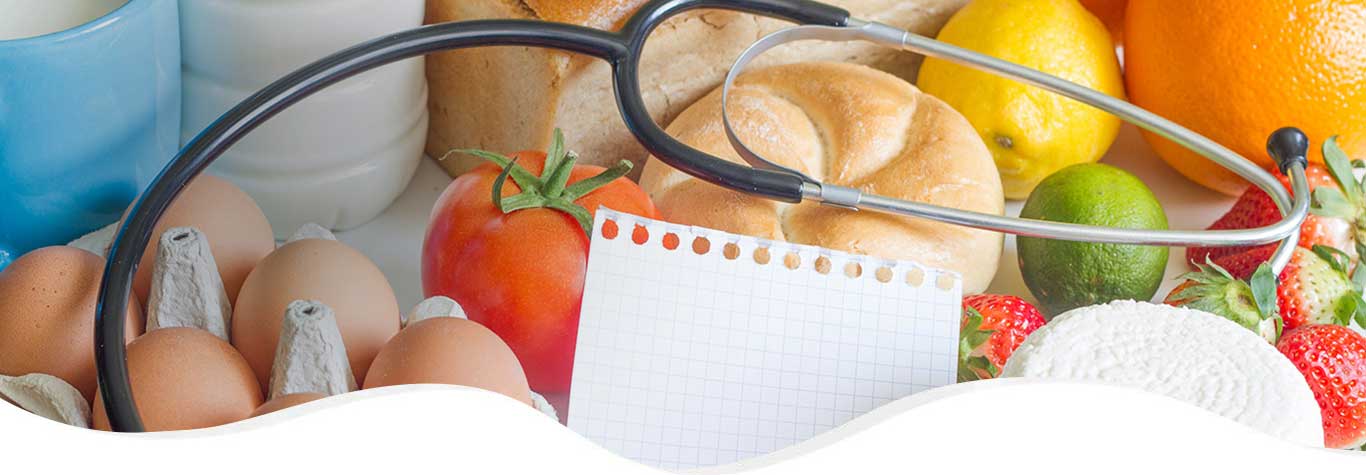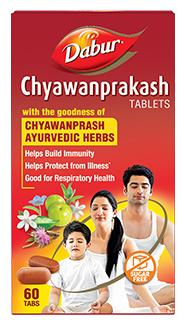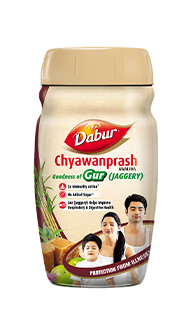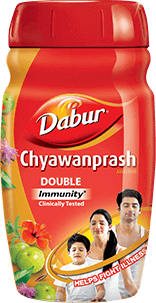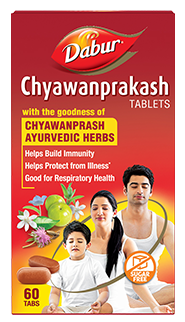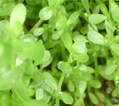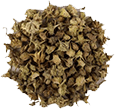BALA (SIDA CORDIFOLIA) AYURVEDIC HERB – AN IMMUNITY BOOSTING FOOD
Country mallow,also referred to by its scientific name Sida cordifolia Linn belongs to the Malvaceae family. In India Sida cordifolia. Linn is commonly known as Bala, which is widely used in Ayurveda and other traditional systems of medicine in India and various other countries for immunity. Ayurveda has mentioned bala as brmhaniya, a bulk promoting herb. Maharishi Charaka mentions Bala as a rejuvenative (rasayana) to muscle tissue (mamsa dhatu) and muscular system.
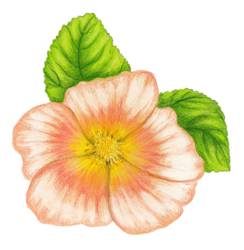
Sida corifolia(Bala) is widely distributed along with other species are common throughout the tropical and sub-tropical plains all over India and Srilanka, growing wild along the roadside.

It belongs to Karpasa kula (family of cotton plant). Sida cordifolia is a small, erect, downy shrub. This perennial shrub can grow up to 2 m (6.5 ft) in height, with light green leaves oval-elongated in shape. The shrub grows up to 0.75 – 1.5 meters in height. The root and the stem are stout and strong. The flowers are small, yellow or white in colour, solitary and axillaries. The fruits are tiny, 6-8 mm in diameter. The seeds are called as Bijabanda in Ayurveda, are grayish black in colour and smooth. The seeds, leaves as well as the roots of the plant are used for their medicinal qualities. Though seed contain the maximum amount of active constituent, ‘ephedrine’ the root is also used extensively.
The plant Sida cordifolia mainly contains alkaloids, fatty oils, and steroids. The various portions of the plant such as the root, stem, and leaves have all demonstrated varying degrees of anti-inflammatory, analgesic, antimicrobial, and hypoglycemic activity. In herbal combination products, country mallow is used for weight loss, fat burning, and to increase energy .The chemical composition of this herb comprises of alkaloids, flavonoids, phytoecdysteroids, sterols and fatty acids. Sida cordifolia leaves contain small quantities of both ephedrine and pseudoephedrine. Ephedrine is known to stimulate the central nervous system (CNS).It is also a potent bronchodilator.
Medicinal properties: The Ayurvedic system of medicine considers Bala or Sida cordifolia as a tonic, astringent, emollient, and aphrodisiac. The immunity boosting food also forms a chief ingredient of several important formulations and preparations in Ayurveda. Internally, bala is believed to be a very effective nervine tonic and rasayana for all kinds of vata disorders. It is well known that it acts as a rejuvenator and stimulant to the heart.
As a milk decoction with sugar, it is a very good nutritive supplement for strength and good health. Bala supports in healing of tissues in chronic infectious diseases. As it helps building the muscle tissue, it boosts the strength and hence, imparts a rejuvenative action.
Being a tonic, it is commonly used in general debility, Vatavyadhis or degenerative and neuromusculoskeletal diseases. Owing to this property, Sida cordifolia oils are used topically for relief from sore muscles and joints. The medicated oil prepared with bala, Bala aila, is massaged to alleviate pain and swelling in vata disorders. The crushed leaves of this plant are believed to ease local pains.
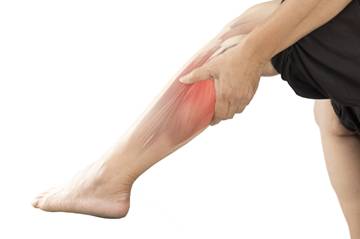
It is used as Rasayana in Ayurvedic preparations for its nourishing and strengthening properties. It impacts the central nervous system and provides relief from anxiety. Additionally, it is known for various pharmacological activities and is reported to be a immuno-enhancer.
The roots of Bala are regarded as cooling, astringent tonic and diuretic. The extracts of the aerial and root parts have exhibited analgesic, anti-inflammatory and hypoglycaemic activities in preclinical studies. Root juice is also used to promote healing of wounds.

Visit our immunity blog to know all about how to increase immunity.
References
- Nanal VV, Borgave. Maternal Health, Supraja (Eugenics) and Ayurveda. available at: Ncbi.nlm.nih.gov
- Gangadharan, G. G. “Quality of Ingredients Used in Ayurvedic Herbal Preparations.” Journal of Ayurveda and Integrative Medicine 1.1 (2010): 16–17. PMC. Web. 23 Jan. 2017.
- Phytother Res. 1999 Feb;13(1):75-7. Analgesic, antiinflammatory and hypoglycaemic activities of Sida cordifolia. Kanth VR1, Diwan PV.
- Sida cordifolia, a Traditional Herb in Modern Perspective – A Review. Researchgate.net
- File.scirp.org
- Subramanya, M. D. et al. “Total Polyphenolic Contents and in Vitro Antioxidant Properties of Eight Sida Species from Western Ghats, India .” Journal of Ayurveda and Integrative Medicine 6.1 (2015): 24–28. PMC. Web. 30 Jan. 2017.
- Ankit Jain, Shreya Choubey, P.K.Singour, H. Rajak and R.S. Pawar. Sida cordifolia (Linn) – An overview. Journal of Applied Pharmaceutical Science 01 (02); 2011: 23-31
- Plantsjournal.com
